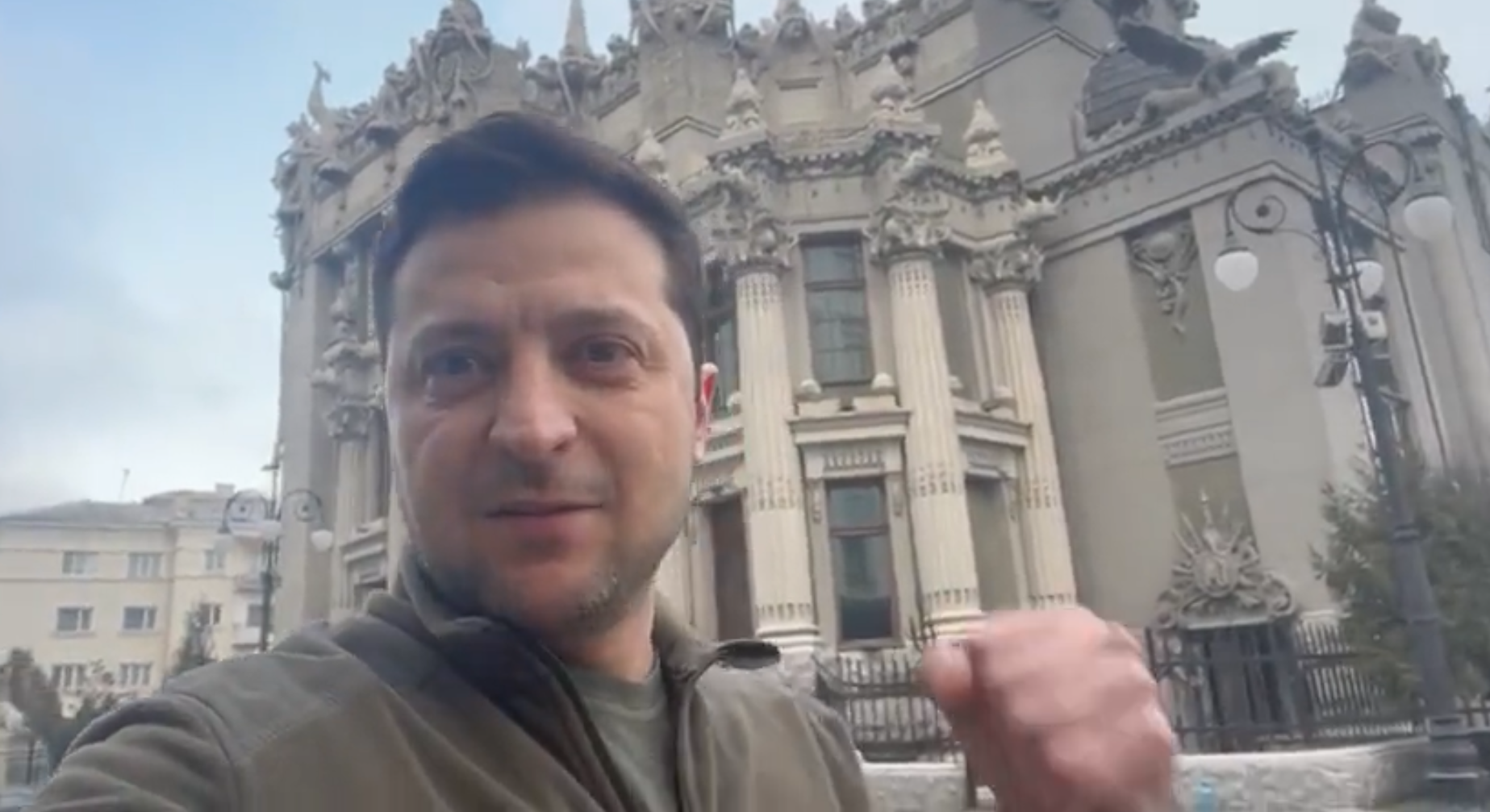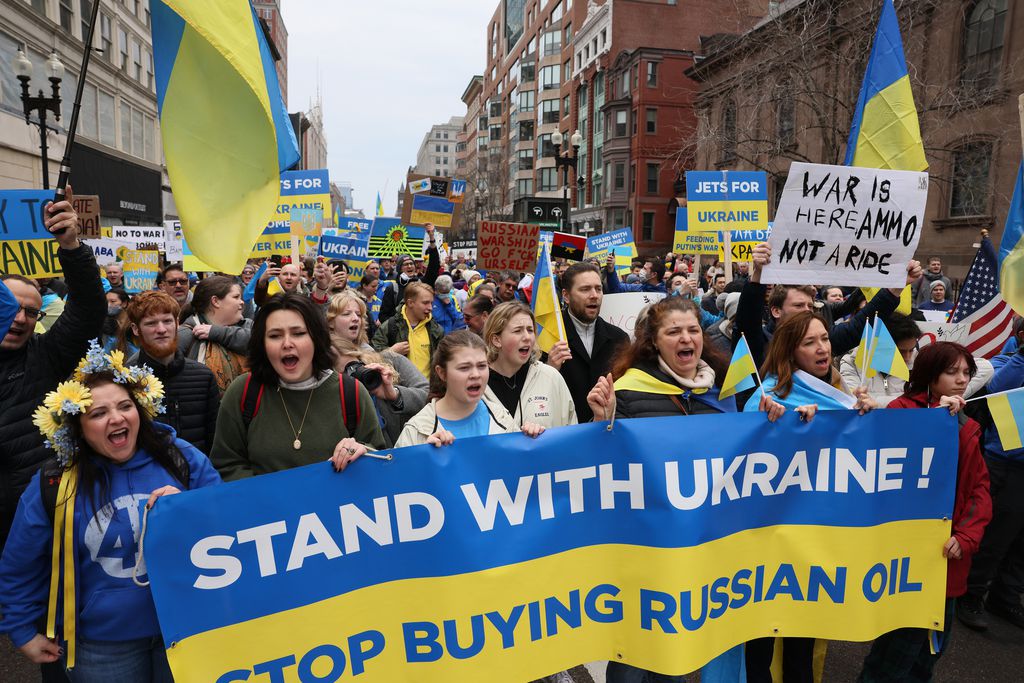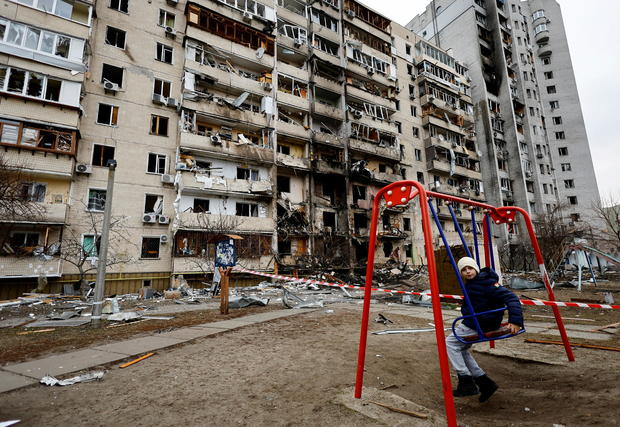The saying that a picture says a thousand words is all too apparent as the world watches the conflict unfold in Ukraine.
Since February 24, 2022, it has been hard to escape the real-time visual account of Russia’s invasion of its neighbor. Images and videos of missile strikes, teary refugees fleeing their homes, regular citizens taking up arms, and charred armored vehicles have been streaming across our social media accounts and televisions.
Harnessing the Power of Pictures and Video
Few images have been quite as powerful as those from the Twitter feed of Ukrainian President Volodymyr Zelensky. He has used his background as an actor to create striking images that have captured the attention of the world. To combat Russian propaganda reporting that he has fled the country, Zelensky posted a selfie video where he appeared tired but calm and defiant as he assured citizens that he was indeed still fighting for Ukraine during a walk past a famous Kyiv landmark. Earlier this week, he posted another video shot in his office. Each video he posted has served to portray him as a “real national leader in a time of war,” inspiring Ukrainians fleeing war and concerned citizens around the world alike.

Ukrainian President Volodymyr Zelensky via Twitter
While the social media landscape amid this crisis is continually evolving—particularly in Russia— many, many Ukrainian citizens have also been documenting and sharing their troubling experiences for an audience of millions worldwide. The sheer volume of their on-the-ground updates lends credibility and veracity to their accounts. Social media is being used to help Ukrainians on the ground with tips on defensive techniques and viable escape routes. Their updates have also inspired people around the world to take to the streets in protest of Russia’s invasion.

Protestors stream through the streets of Boston (Jessica Rinaldi/Boston Globe)

A child swings outside of a damaged residential building. A reverse image search via Google confirms that this image was shared by Reuters on Thursday, March 3. (UMIT BEKTAS/REUTERS)
Parsing the Propaganda
However, all of these images have confronted savvy media consumers with a dilemma: what’s real, and what is a purposeful attempt to mislead the public about what is happening on the ground. Some bad actors have been co-opting the power of imagery to spread disinformation. By posting fabricated reports or sharing dated clips out of context, many people may be unwittingly spreading false accounts across social media. Journalists have deployed robust research teams to verify social media reports before they share them with their audiences and readers. WNYC’s radio program On the Media went so far as to create a downloadable Breaking News Consumer Handbook infographic with tips and red flags for us media consumers to keep in mind when watching video clips from the warzone. The takeaway: make sure the image is coming from a reputable source or take the time to do a little research before sharing on social media and beyond.
Learning from Real-Time Events
While it’s hard to turn our attention away from the grave crisis in Ukraine, there is an important reminder here that PR professionals can apply to our work: images and videos are powerful storytelling tools. Just as the images in this blog transport you to the streets of Kyiv and Boston, don’t miss an opportunity to connect with your readers and followers through visuals. The conflict is also a reminder of the growing power of social media to give non-journalists the power to share their story with the world.
Here are a few tips from our Teak Talk blog that can help you with your multimedia storytelling:

